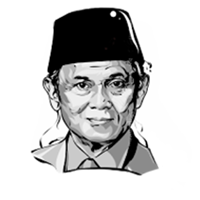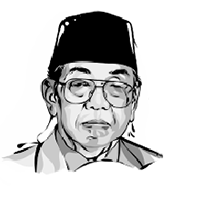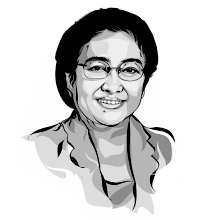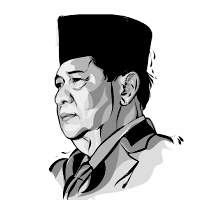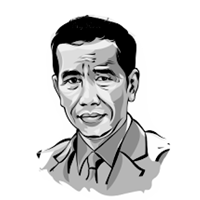INDONESIA
UNEMPLOYMENT RATE
BY PRESIDENCY TERM
Economic growth is one of the most important indicator of economic performance of a country. One of the measurement for economic growth is distribution of income that can be seen from unemployment rate, which is invocate when decreasing the numbers of labor market available and decaying of job vacancy.
Unemployment is a serious problem that our government faces every year. Therefore, in this work we want to expose the relation of regulation, Indonesian presidential, and the rate of unemployment.
CONTINUE






